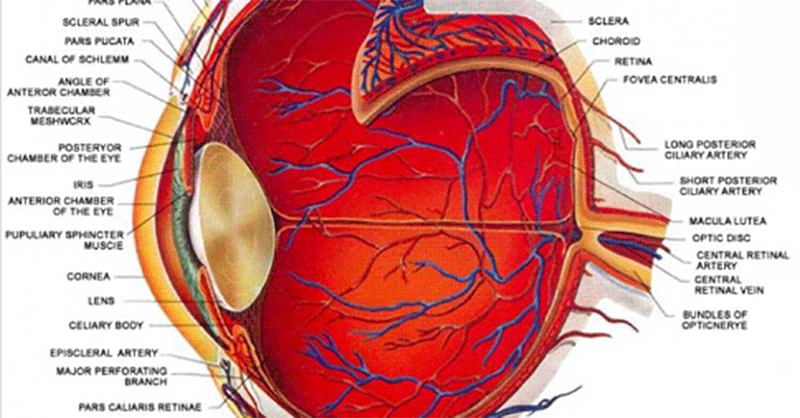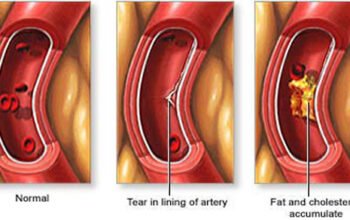Vision problems affect millions of people worldwide, causing daily challenges and frustration. While glasses and contact lenses have long been the primary solution, many individuals are now seeking natural alternatives to improve their eyesight without relying on corrective lenses.
Understanding Common Vision Problems
Before exploring vision improvement techniques, it’s crucial to understand the most common vision issues:
- Myopia (Nearsightedness): Difficulty seeing distant objects clearly, typically caused by an elongated eyeball or excessive corneal curvature.
- Hyperopia (Farsightedness): Challenges focusing on close-up objects, resulting from a shorter eyeball or flatter cornea.
- Astigmatism: Irregular corneal shape causing blurred or distorted vision at all distances.
Natural Methods for Vision Improvement
Eye Exercises and Muscle Training
Eye muscle training can help strengthen visual muscles and potentially improve vision naturally. Some effective exercises include:
- Palming: Rub hands together to generate warmth, then gently place them over closed eyes to relax eye muscles
- Near and Far Focus: Alternate focusing on close and distant objects to improve eye flexibility
- Figure Eight Tracing: Trace an imaginary figure eight with your eyes to enhance eye muscle coordination
Nutrition for Eye Health
Your diet plays a critical role in maintaining and potentially improving eye health. Key nutrients include:
- Vitamin A: Essential for retinal health and night vision
- Omega-3 fatty acids: Supports overall eye function and reduces dry eye symptoms
- Lutein and Zeaxanthin: Protects eyes from harmful blue light and potential cellular damage
Foods rich in these nutrients include leafy green vegetables, fish, eggs, carrots, and citrus fruits.
Advanced Vision Improvement Techniques
Vision Therapy
Vision therapy is a structured program of visual activities designed to correct specific vision problems. Supervised by professional optometrists, these personalized treatments can help address issues like eye tracking, focusing, and visual processing.
Orthokeratology
A revolutionary non-surgical approach, orthokeratology involves wearing specially designed rigid contact lenses overnight to temporarily reshape the cornea. This method can provide temporary vision correction without daytime glasses or contacts.
Lifestyle Changes for Better Vision
Beyond exercises and nutrition, several lifestyle modifications can support eye health:
- Reduce screen time and practice the 20-20-20 rule (every 20 minutes, look 20 feet away for 20 seconds)
- Maintain proper lighting when reading or working
- Get regular eye exams to monitor vision changes
- Wear sunglasses to protect eyes from harmful UV rays
Important Considerations
While these methods can support eye health and potentially improve vision, they are not guaranteed solutions. Individual results vary, and it’s crucial to:
- Consult an eye care professional before starting any vision improvement program
- Have realistic expectations about potential improvements
- Combine multiple approaches for best results
Conclusion
Improving vision without glasses is possible through a comprehensive approach involving eye exercises, proper nutrition, advanced therapies, and healthy lifestyle choices. While results aren’t instantaneous, consistent effort and professional guidance can lead to meaningful improvements in eye health and visual acuity.






